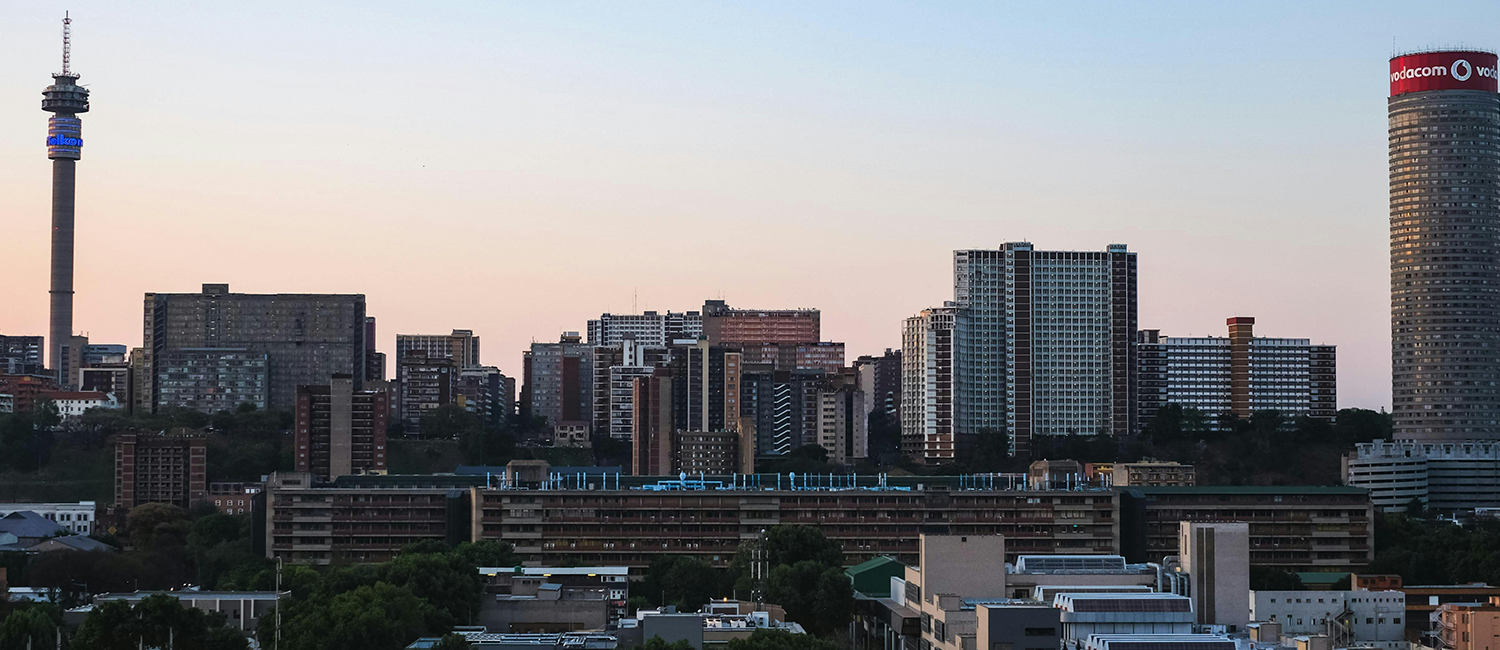NEWTOWN’S Mary Fitzgerald Square is getting a facelift, with layer works and new paving being installed, courtesy of the Johannesburg Development Agency (JDA) and the City.
The upgrade, a JDA project funded by the City, is already under way, with work scheduled to be finished by the middle of May. There are some disruptions during the construction, and motorists who would normally park in the square for work should now use the parking at the nearby Market Theatre.
According to Celestine Mouton, the JDA development manager, workers are busy digging up the paving and will soon install new layer works and stormwater reticulation because the old paving was loose and could easily be lifted.
“The layer works were not sufficient for trucks to drive over [therefore the upgrade will mean] it will be more sustainable in the future.”
The project, to cost an estimated R10-million, will include re-installing lights in and around the square. To give it a softer look, grassy mounds will be added on the side, so that it can be used as a possible picnic location, as well as water fountains.
Pickhandle Mary
The square is named after Mary Fitzgerald, an Irish immigrant. In 1939, the Joburg council approved the name of Mary Fitzgerald Square for the market square in Newtown. But it was only in 1986 that the official renaming was done, with a plaque placed on the Museum Africa building.
Then, in December 2001, it was re-opened as a newly paved space. It was to be a major venue for arts activities and concerts. It can accommodate 22 000 people and was the site of an official Fan Fest during the 2010 FIFA World Cup™.
Pickhandle Mary – as Fitzgerald came to be known – made a name for herself in Joburg for her trade union activities and a number of firsts: she was the city’s first woman trade unionist, first woman printer and first woman city councillor.
Born in Ireland in 1885, she immigrated to Cape Town with her father. In 1900, she got a job as a typist at The Castle. Then, in 1902, she moved with her husband, John Fitzgerald, to Johannesburg. The couple had five children, but divorced at the end of the First World War.
In Joburg, she got a job as a shorthand-typist at the Mine Workers’ Union, where she became involved in collecting money for the burials of phthisis victims. Countless miners died from the disease, caused by fine underground sand coating the lungs and making them rock hard, with no compensation for their dependants.
These workers were disorganised and worked in appalling conditions. Mine accidents accumulated.
Soon after, Fitzgerald was making inspiring speeches to union members, becoming the country’s first female trade union organiser. She became increasingly vocal and was a leader in a tramway strike in 1911.
The strikers met the police, who had armed themselves with pickhandles, in market square. But the strikers grabbed the pickhandles, and carried them to all further protests. Fitzgerald became the leader of the Pickhandle Brigade, which earned her the nickname of “Pickhandle Mary”.
She was also involved in the miners’ strikes of 1913 and 1914.
From 1915 to 1918, the number of union members grew enormously. With the growth in membership came the need to print pamphlets in great numbers. Fitzgerald, trained as a printer, then qualified as a master printer. She became the first female printer in the city, printing all the union’s pamphlets. She also acquired Modern Press, which printed Voice of Labour.
In 1915, she stood for the Johannesburg Town Council elections and even used a photograph of herself with a pickhandle on her election manifesto.
In November of that year, she became the first woman to hold public office in Joburg at a time when women were not even allowed to vote in South Africa. She served on the council until 1921, becoming the chairman of the Public Health Committee and the deputy mayor during 1921, when circumstances required.
During this time, she married Archie Crawford, also a trade unionist, in 1919. The couple had met in 1911.
In 1921, she was sent by the government to represent it at the International Labour Organisation in Geneva, in Switzerland, as official adviser to her new husband. Crawford was a delegate at the convention.
Fitzgerald lost interest in public life and did not stand for council again in 1922. Women started playing a more active role in business and politics soon after and were allowed to vote in the country’s elections in 1930.
In 1960, at the age of 75, she died and was buried at Brixton Cemetery.
Source: Joburg.org.za

